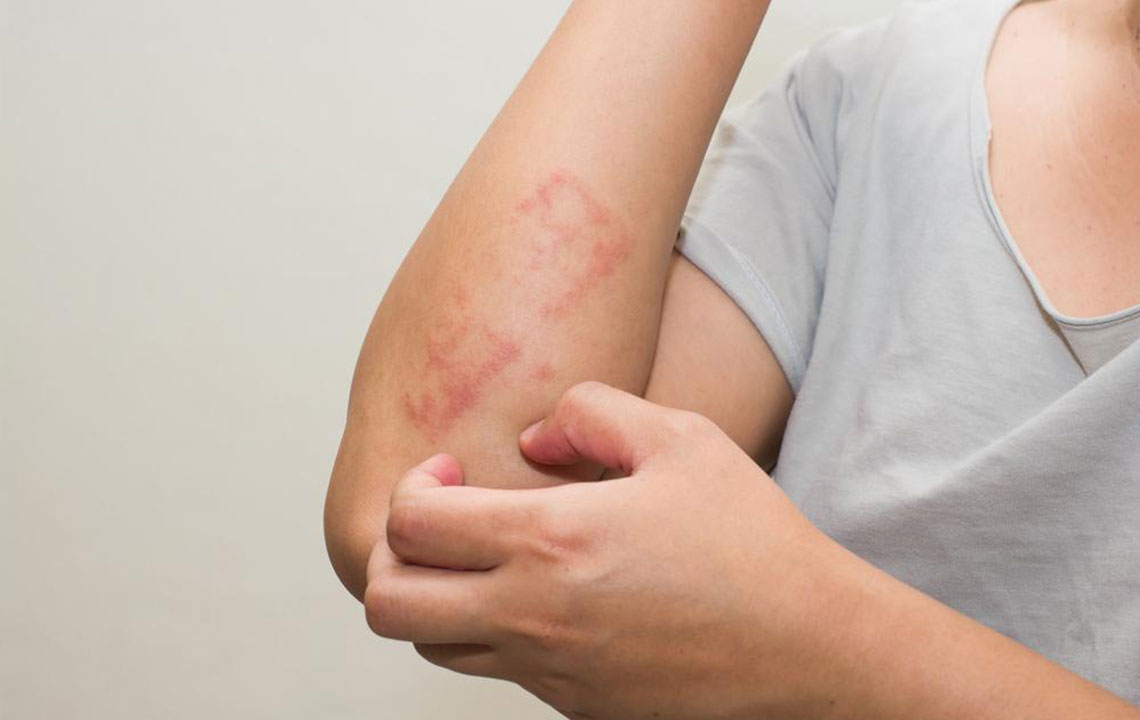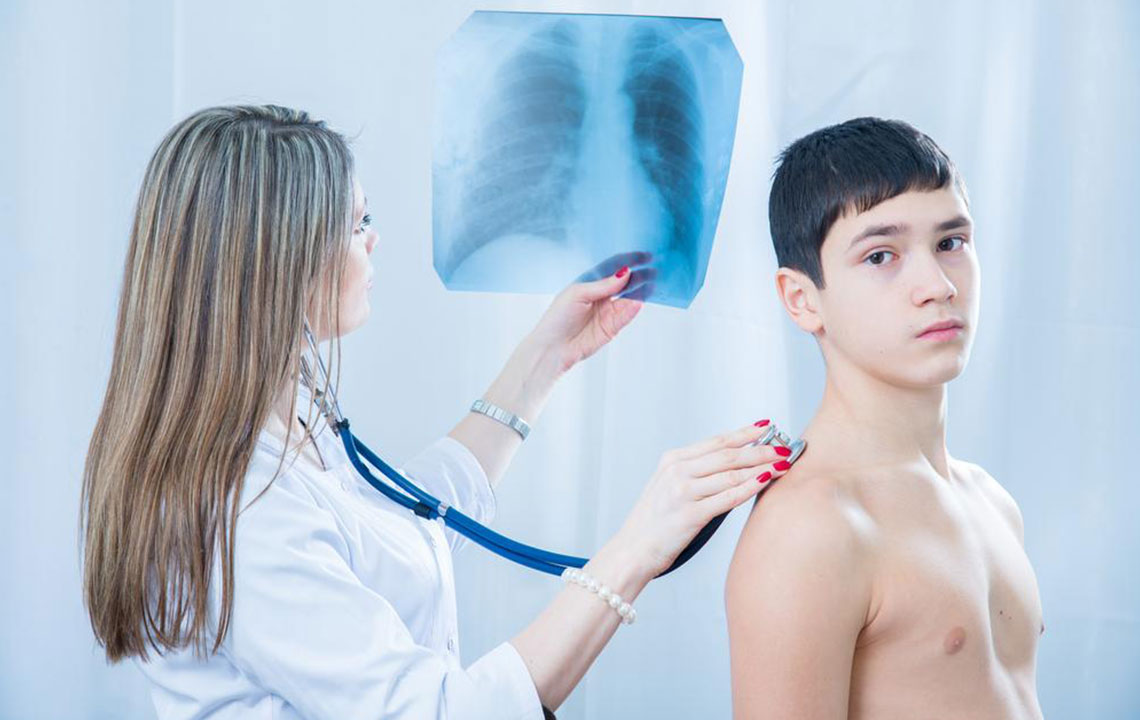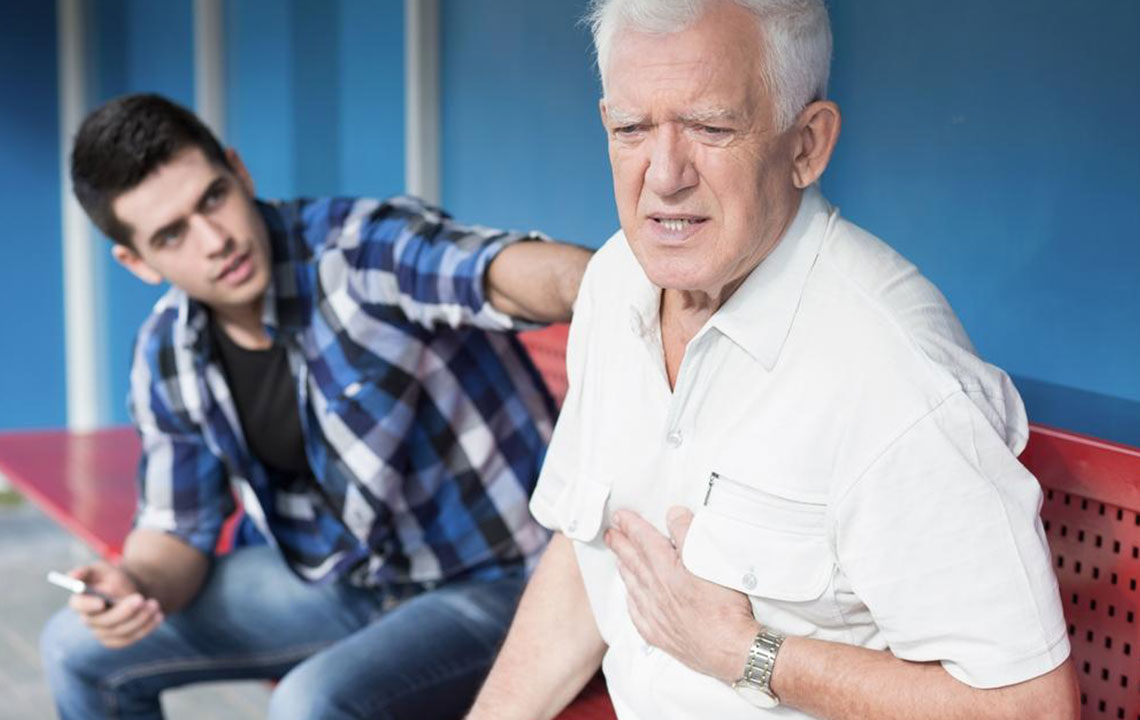Effective Strategies for Managing Postherpetic Neuralgia: A Comprehensive Guide
Postherpetic neuralgia is a painful nerve condition that can persist long after shingles. Effective management includes topical treatments, medications, electrical stimulation, and preventive vaccinations. Early intervention is crucial to prevent chronic pain and improve quality of life. This in-depth guide explores causes, symptoms, treatment options, and preventative measures to help sufferers effectively control and reduce symptoms of PHN.

Comprehensive Approaches to Treating Postherpetic Neuralgia
Understanding Postherpetic Neuralgia (PHN): Postherpetic neuralgia is a chronic nerve pain condition that arises as a complication following shingles, also known as herpes zoster. This condition is caused by the reactivation of the varicella-zoster virus, the same virus responsible for chickenpox. Once individuals recover from chickenpox, the virus remains dormant within nerve tissues. However, in some cases, it can reactivate years later, leading to shingles outbreaks. During or after the shingles episode, some individuals experience persistent nerve pain that can last for months or even years, a condition known as postherpetic neuralgia.
Postherpetic neuralgia primarily affects the skin and nerve fibers, often resulting in severe and debilitating discomfort. It is a significant health concern, especially among older adults, as it can affect quality of life considerably. The nerve pain associated with PHN can be intense, burning, stabbing, or hypersensitive, making even gentle touch or clothing contact painful. This article explores the key strategies for managing and treating this condition effectively.
Symptoms of Postherpetic Neuralgia:
Persistent nerve pain in areas affected by shingles, often described as burning, stabbing, or throbbing
Severe itching or tingling sensations in the affected region
Increased nerve sensitivity, with slight contact causing pain (allodynia)
Occasional numbness or loss of sensation in the affected area
Associated symptoms such as fever, fatigue, or general malaise in some cases
It is important to recognize that not everyone who experiences shingles develops PHN, but risk increases with age and immune suppression.
Risk Factors for Postherpetic Neuralgia:
Anyone who has suffered from shingles is at risk of developing PHN, but certain factors increase this likelihood:
Age: Individuals over 60 are significantly more susceptible due to age-related decline in immune function.
Immune system compromise: People with weakened immune systems, including those with HIV/AIDS, cancer, or on immunosuppressive therapy, face higher risks.
Severity of shingles: More intense shingles outbreaks have a higher chance of leading to PHN.
Delayed treatment: Starting antiviral therapy late can increase the probability of developing chronic nerve pain.
Effective Treatment Options for Postherpetic Neuralgia:
Managing PHN requires a tailored approach based on individual symptoms severity and overall health. Approaches include pharmacological treatments, topical therapies, electrical stimulation, and lifestyle modifications. Here are some proven strategies:
Capsaicin-based therapies: Derived from spicy peppers, capsaicin creams, and patches are commonly used to reduce nerve pain by depleting substance P, a neuropeptide involved in transmitting pain signals. Topical capsaicin preparations can be applied directly to the skin, providing relief for up to three months, while healthcare providers may prescribe high-concentration patches for targeted treatment.
Lidocaine patches: These topical medication patches deliver local anesthesia directly to the painful nerve sites. They are non-invasive, easy to use, and effective at providing short-term relief without significant systemic side effects. Prescription is required, and they are suitable for localized pain management.
Medications: Several classes of drugs are used to alleviate nerve pain, including:
Analgesics such as acetaminophen or NSAIDs for mild pain
Anticonvulsants like gabapentin or pregabalin, which help stabilize nerve activity
Antidepressants, particularly tricyclics like amitriptyline or SNRIs, which modulate pain pathways
Opioids, reserved for severe pain, and only under strict medical supervision due to dependency risks
Electrical nerve stimulation: Transcutaneous Electrical Nerve Stimulation (TENS) involves using mild electrical currents to interfere with pain signals. While some patients report significant relief, its effectiveness varies. Consultation with a pain specialist is necessary to determine suitability.
Cold therapy: Applying cold packs can temporarily numb the area and reduce inflammation. Cold therapy is a simple, non-invasive option that can be used multiple times daily to control pain.
In addition to these treatments, lifestyle modifications can significantly improve quality of life. Maintaining good skin hygiene, avoiding tight or synthetic clothing, and protecting sensitive skin areas can help reduce irritation. Covering affected areas with loose, breathable clothing can also prevent further discomfort.
Prevention of Postherpetic Neuralgia:
Prevention is always preferable to treatment. Early intervention during shingles can significantly lower the risk of progressing to PHN. The most effective preventative strategy is vaccination against chickenpox and shingles, especially for older adults. The shingles vaccine has been proven to reduce the incidence and severity of shingles, thereby decreasing the likelihood of developing PHN. It is highly recommended for individuals aged 60 and above, and consultation with a healthcare provider can determine appropriate vaccination options.
General advice for prevention includes timely antiviral therapy during shingles episodes and maintaining a healthy immune system through proper nutrition, stress management, and regular medical checkups. If you experience shingles symptoms, seeking immediate medical attention can help diminish the severity of the outbreak and mitigate chronic complications like PHN.





